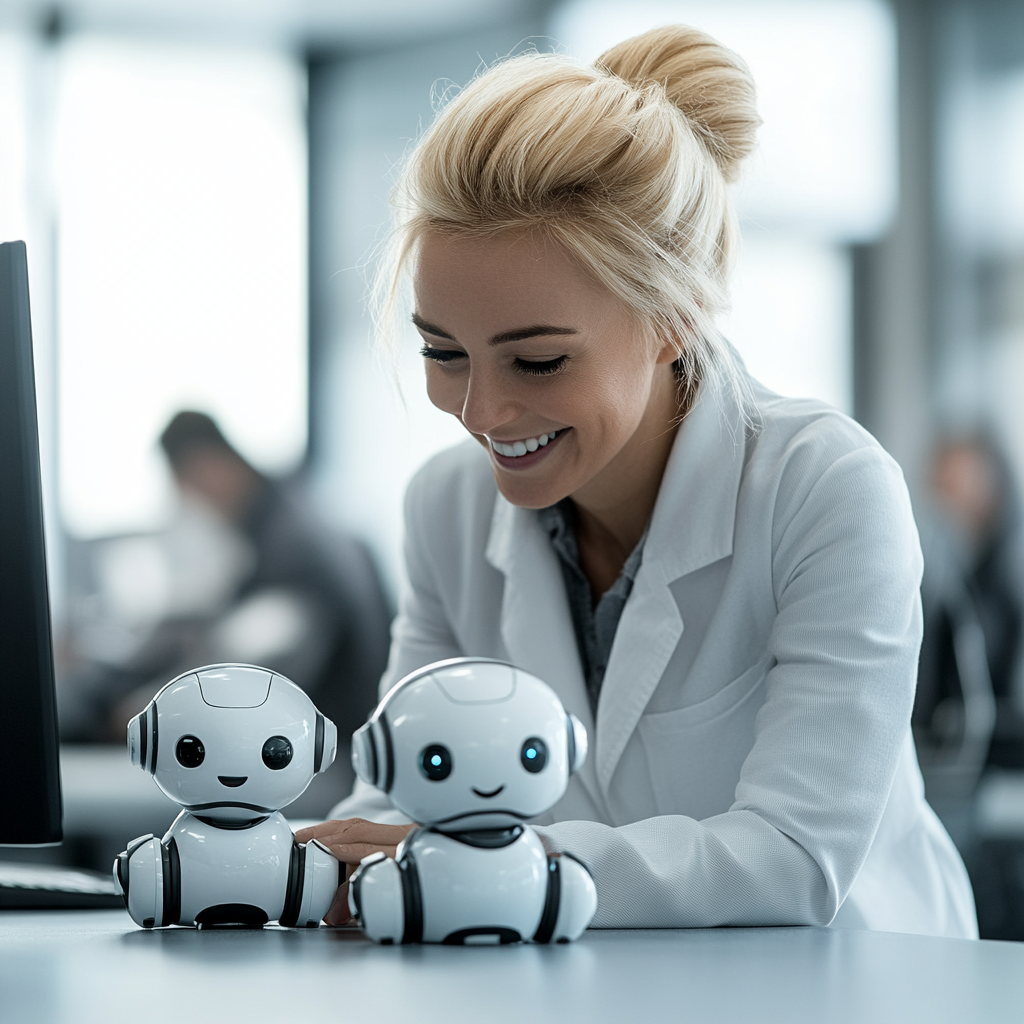Implementing Self-Refine Technique Using Large Language Models (LLMs)
The Self-Refine technique is a transformative approach in utilizing Large Language Models (LLMs) for various tasks such as reasoning, code generation, and content creation. By allowing the model to evaluate its own output and provide feedback, we create a loop of continuous improvement. This process not only enhances the quality of responses but also fosters a deeper understanding of the underlying tasks.
Understanding the Self-Refine Technique
At its core, the Self-Refine technique involves a series of iterations where the output from an initial model response is scrutinized. The model assesses what was correct or incorrect and generates feedback. This feedback is then used to craft a more refined response. This iterative process can lead to significant improvements, especially when the task demands accuracy and clarity.
Setting Up the Environment
To begin using the Self-Refine technique, it’s essential to install the necessary dependencies. You can do this using the following command:
!pip install "mirascope[openai]"Next, you will need an OpenAI API key. If you don’t have one, visit the OpenAI API Settings to generate your key. New users might need to input billing information, starting with a minimum payment of $5.
Basic Implementation of Self-Refine
Using the Mirascope framework, we can implement the Self-Refine technique. The initial implementation involves generating a response to a user query, evaluating that response, and refining it based on the feedback provided. Here’s a brief overview of how the basic implementation works:
- Generate an initial response using the model.
- Evaluate the generated response to identify strengths and weaknesses.
- Utilize the feedback to create an improved version of the response.
By encapsulating this process in a function, we can repeatedly refine our answers, enhancing quality through multiple iterations.
Enhanced Self-Refine with Structured Responses
In more complex scenarios, especially those involving mathematical problems, the enhanced version of Self-Refine incorporates a structured response model using Pydantic. This model captures not only the final answer but also the steps taken to arrive at that conclusion. This structured approach has several advantages:
- Accuracy: The model can effectively track and communicate each step of the solution process.
- Clarity: Clear formatting helps users understand the reasoning behind the final answer.
- Usability: Structured responses enable easier integration into applications or reports.
For example, when solving the problem of determining the speed of a train, this approach led to a logical breakdown of the solution process and ultimately revealed the correct speed of 60 km/h.
Benefits and Applications
The Self-Refine technique offers several key benefits:
- Iterative Improvement: The process allows for adjustments that can significantly enhance output quality.
- Transparency: Users can see the logic behind answers, promoting trust in automated solutions.
- Versatility: Suitable for various domains, from technical problem-solving to creative writing.
However, practitioners should be aware of potential computational costs and adjust the depth of refinement according to their specific needs.
Conclusion
The Self-Refine technique represents a powerful method for enhancing the capabilities of Large Language Models. By iteratively refining outputs based on self-evaluation, we not only improve accuracy but also ensure clarity and trustworthiness in the responses generated. As AI continues to evolve, techniques like Self-Refine will play a significant role in unlocking the full potential of conversational and creative AI applications.
FAQs
- What is the Self-Refine technique? It is a process where a model evaluates its output, generates feedback, and improves its responses iteratively.
- How can I set up the Self-Refine technique? You need to install the Mirascope framework and obtain an OpenAI API key to get started.
- What are the benefits of using Self-Refine? Benefits include improved accuracy, clearer reasoning steps, and greater transparency in model outputs.
- Can Self-Refine be applied to creative writing? Yes, this technique can also enhance the quality of creative writing by refining narratives and ideas.
- What should I consider when implementing Self-Refine? Be mindful of computational costs and adjust the depth of refinement to suit your specific tasks.




























